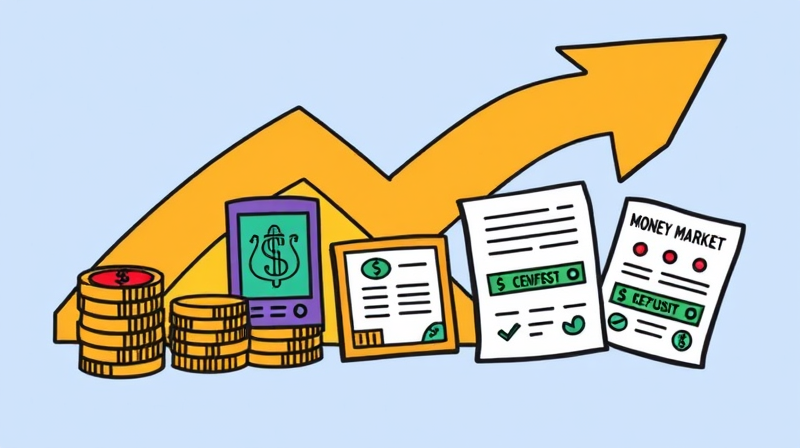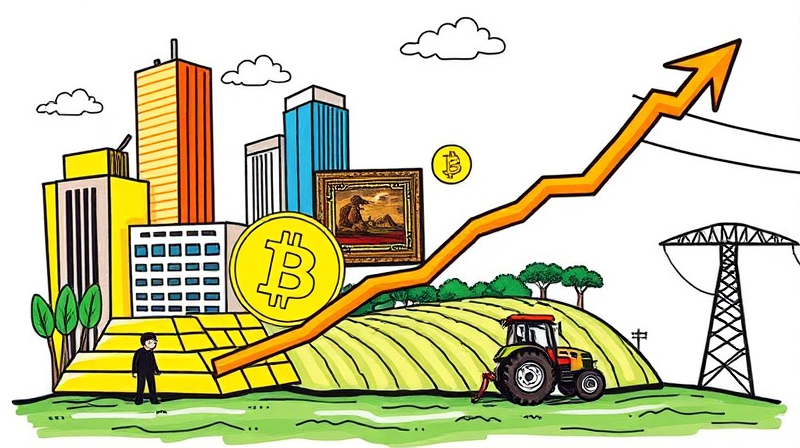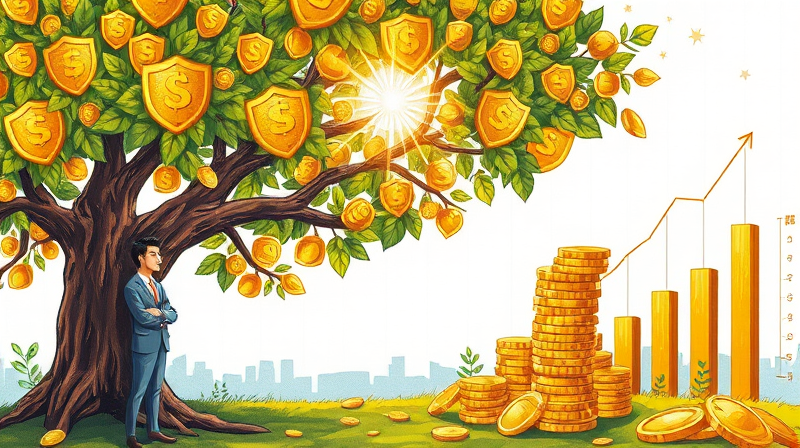
In 2025, markets have tested even seasoned investors. Understanding volatility and having a clear plan are essential for confidence and success.
Volatility measures both the magnitude and frequency of price swings in financial markets. The CBOE Volatility Index (VIX) is often called the “fear gauge” because it tracks expected 30-day volatility for the S&P 500.
As of mid-July 2025, the VIX sits at 21.4 year-to-date, implying expected daily S&P 500 moves of around ±1.25–1.35%. While elevated compared to 15.6 in 2024, these levels remain below the peaks seen during the 2020 pandemic (85.5) or the April 2025 tariff shock (60.1).
April 2, 2025, brought sweeping new tariffs, sending global stocks into a rapid sell-off. The VIX spiked above 60 before calming as temporary trade deals emerged in May.
Underlying concerns about inflation, interest-rate uncertainty, deglobalization and supply-chain disruptions continue to fuel anxious headlines. Yet markets rebounded sharply: by June 27, the S&P 500 and NASDAQ had closed at all-time highs.
Recent polls reveal that 60% of U.S. investors are worried about volatility, with 28% very concerned. Yet most choose to hold or buy rather than sell.
Past crises demonstrate that market turmoil, though uncomfortable, is often short-lived. After the 2008 financial crisis and the 2020 pandemic, equities rebounded to new highs within months or years.
In 2025, the quick recovery following the April tariff panic echoes those patterns. Investors who remained calm and continued contributions saw substantial gains as markets healed.
Maintaining discipline during choppy markets begins with clear principles. Adopt a long-term perspective and avoid knee-jerk reactions to headlines.
Behavioral insights suggest tuning out the daily noise. Resist the urge to market time, which can lead to missed recoveries and regret.
Experts advise sticking to your plan unless an investment’s fundamentals change. Consider strategic rebalancing or opportunistic buying when valuations dip below long-term averages.
Historical data show that staying invested during prior crises delivered superior returns compared to selling in panic.
Volatility is an inherent feature of markets, not a sign of imminent collapse. By embracing disciplined approaches, informed decision-making and measured risk management, investors can navigate uncertainty with confidence.
As we progress through 2025, keep your long-term goals in focus. History and data both underscore that resilience and patience remain the most powerful allies in building lasting wealth.
References













